FREE Uber Tax Info Pack
FREE 5-Day Email Course to learn the ATO’s Uber tax rules
FREE Uber Expense Spreadsheet so you never miss a deduction
FREE Uber Logbook Spreadsheet to claim your car expenses
FREE ABN & GST Registration (if you need it!)
FREE Uber Tax Info Pack
> FREE 5-Day ‘Uber Tax Essentials’ eCourse
> FREE Uber Bookkeeping Spreadsheet
> FREE Uber Logbook Spreadsheet
> FREE ABN & GST Registration
11 Things To Do Before Starting As An Uber Driver
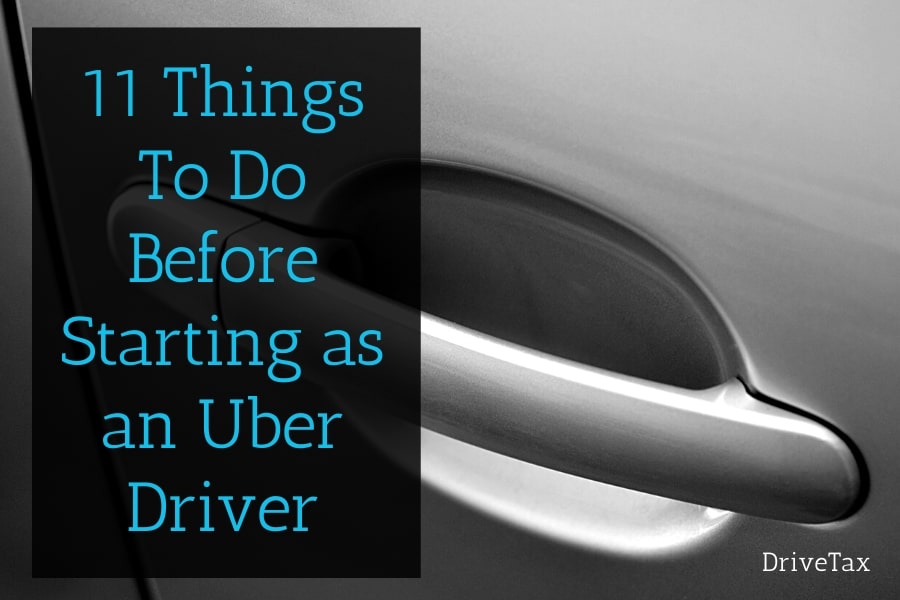
Updated 7th of June 2024
If you’re thinking about driving for Uber there’s a lot you need to do before you start. You need to prepare your car and insurance, get set up for your Uber taxes and much more.
So here we’ve created your ultimate checklist before signing up as an Uber driver.
1) Check If You’re Eligible to Drive for Uber in Australia
Uber’s driver eligibility requirements in Australia are as follows.
- You must be at least 21 years old
- You must hold a current full driver’s licence (i.e. not a probationary licence) in the state you’ll be driving in
- You must have held a full driver’s licence for at least 12 months in any state
- You have an Australian passport or birth certificate OR provide evidence of your visa that allows you to work in Australia (Uber will run a check to confirm this)
For UberEats the requirements are a little more lenient. You need to be over 18 and hold a current full driver’s licence (i.e. not a probationary licence) in the state you’ll be driving in.
As part of the signup process you should expect to have a police check, a driving history review and a medical check, though the exact requirements vary from state to state. In some states you may also have to get a commercial driver license.
2) Check If Your Car Is Eligible for Uber
Uber’s vehicle requirements vary from state to state, and also based on which level of Uber you’ll drive for (Uber XL, Uber Select, Uber Black etc). Here are the basic vehicle requirements for UberX:
- No more than 10 years old
- 4 doors, and seats 4-7 passengers plus the driver
- 5-star ANCAP safety rating OR appear on Uber’s Luxury Vehicle exemption list
- Registered in the state you’ll be driving in, has CTP insurance if applicable in your state, and has any commercial registrations required by your state
- Free from cosmetic damage and commercial branding
- Working windows and air conditioning
- Not a rebuild, ex-taxi, government, ex-driving school (these rules vary slightly from state to state)
The requirements for UberEats are much more relaxed. Generally, as long as your car was built in 1990 or later and it is properly registered and insured you’re good to go. For UberEats you can also use a motorcycle, scooter or bicycle. You can find more information on Uber’s website.
If you’re thinking about buying a car for Uber, or renting a car for Uber, these articles go into more detail on what kind of car to buy or rent, your different options for financing your car, and how the Temporary Full Expensing works.
3) Make Sure Your Insurance Covers Uber
Your existing insurance policy probably won’t cover you for Uber driving, so you’ll either need to upgrade if your insurance company allows it, or switch to a different insurer.
A common misconception is that Uber’s insurance will cover you. This is only partly true. Their insurance is a ‘contingent policy’, which means you first must have your own policy, and then theirs acts as a backup. Also, it only covers injury or property damage to others, it doesn’t cover you or your car. In the first stage of the Uber application process you’ll be asked for proof of insurance.
Here is a list of Uber’s insurance requirements:
- The insurance can be either comprehensive or third-party property insurance
- You must either be the policyholder or be officially listed on the policy as a driver
- The car’s registration number (and in some states the VIN number) must be shown
- The expiry date must be shown
You must also have Compulsory Third Party injury insurance, which is cover for injuries to passengers, other drivers and pedestrians. In some states this is built into your car registration, while in other states it is purchased separately (often called a ‘greenslip’). Either way, if your car is legally registered then you should already have this. However you may like to check whether it covers for rideshare driving, or whether an extra fee is required.
If you don’t have the car you’ll be driving for Uber yet you can provide these details later on, you don’t have to have them available right away.
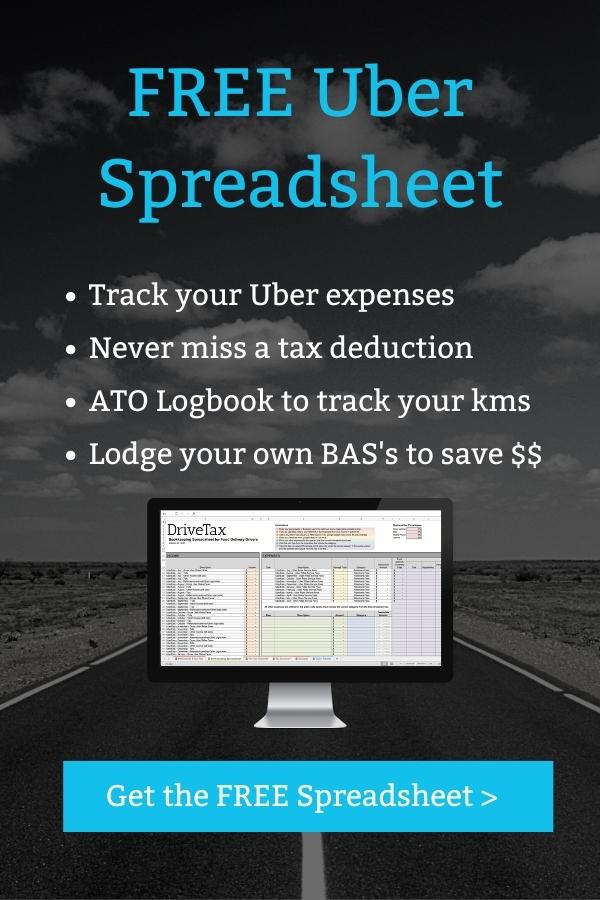
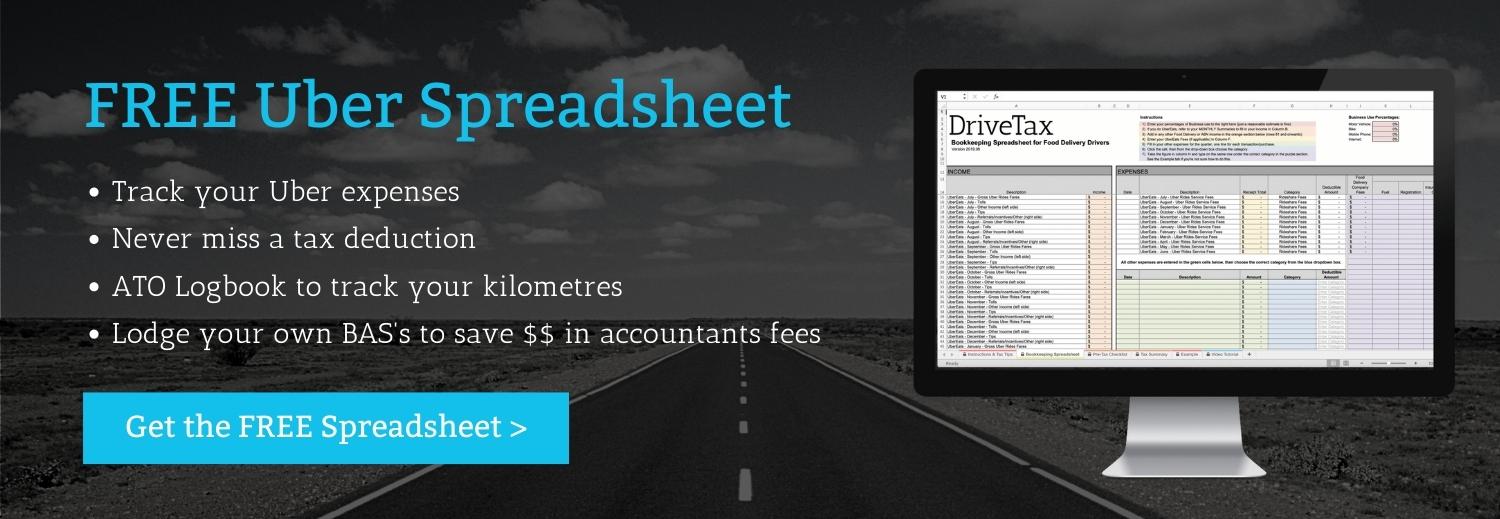
4) Put Some Money Aside for Startup Costs
Uber don’t charge anything to join and start driving, but each state has different requirements for licences, medicals and background checks. In most states this should cost somewhere around the $100 mark. However if you live in WA or the NT you’ll be required to pay for additional licences, so your startup costs are likely to be closer to $500.
You should also budget an extra $100 or so for basic necessities, such as a phone holder, car seat covers, a logbook, cleaning products and some starting stock of water and mints. Optional purchases include a second phone just for Uber, a dashcam, a Spotify subscription, rideshare training and tax training (more on this below).
5) Gather your Documents
Here are the documents you’ll need for the first stage of the application process:
- Your driver’s licence, which must be from the state you’ll be driving in
- Your passport or birth certificate
- Proof of your car insurance
- A driver profile photo (digital file), which must be forward-facing, centered, well lit and have no-one else in the picture, similar to a passport photo.
Once you’ve passed the initial background check you may have to provide further documents depending on your state’s requirements, but Uber will let you know about this along the way. The documents above are all you need to get started.
6) Start the Uber Registration Process
Even if you haven’t 100% decided yet, it makes sense to fill in Uber’s pre-registration form now, because even the initial background checks can take a week or two. Also, once you’ve filled in the form Uber will provide more detailed information about any specific sign-up requirements for your state, including the costs involved, to help you plan ahead for the next stage of your application.
7) ABN & GST Registration for Uber
While you’re waiting to be approved as an Uber driver, you should also go ahead and apply for an ABN, as you’ll need to provide your ABN before you can start driving. If you plan to do rideshare you’ll also need to register for GST.
At DriveTax we process your ATO application for free as part of our Free Uber Tax Info Pack. It only takes a minute or two to pop your details into our online form, and then we’ll apply to the ATO for you free of charge to get your Uber ABN and GST, or your UberEats ABN only. You can set your registration start date as a future or past date if necessary, so it’s ready to go as soon as you begin driving. And if for any reason you decide not to go ahead with Uber it’s free and quick to cancel your registration.
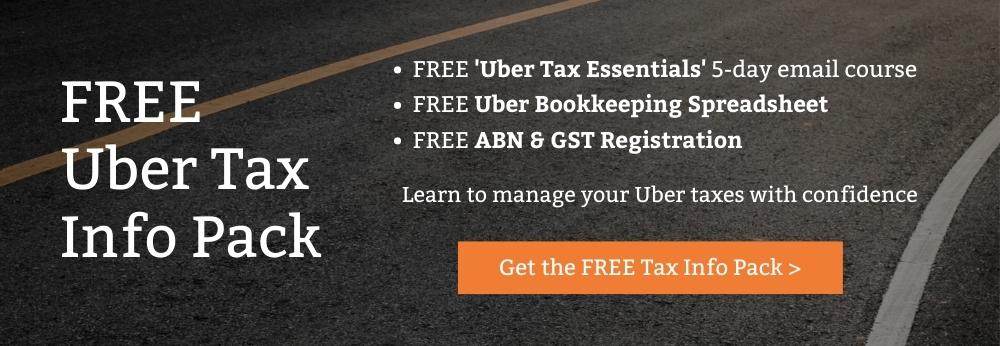
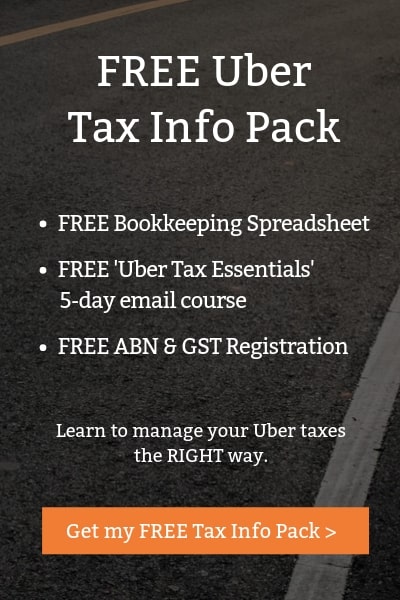
8) Consider Other Rideshare or Food Delivery Companies
Many Uber drivers also drive for other rideshare or food delivery companies at the same time, such as Ola and DiDi for rideshare, or DoorDash and Menulog for food delivery. These companies often pay more than Uber, but jobs are less frequent. Depending on the popularity of these services in your local area, you may like to research joining these companies too.
9) Connect With Other Drivers
One of the best things you can do as a new driver is to connect with other new and experienced drivers in your area. There’s a huge community of drivers out there willing to share their experiences and answer questions.
As far as online forums go, UberPeople is probably the biggest and best. It’s global but has a very active Australian sub-forum. There are also Facebook groups, and you may be able to find in-person meetups in your local area.
10) Start A Logbook
If you want to claim a tax deduction for your fuel, car insurance and other car expenses, you MUST keep a 12-week, ATO-compliant logbook. Your logbook must include odometer readings at the start and end of every trip, and there are a number of other requirements. We explain in detail exactly how to keep a logbook for rideshare in our blog post on Keeping An Uber Logbook.
There are three main options when it comes to creating a logbook for Uber:
- Spreadsheet – our free Uber Tax Info Pack includes a free Uber Logbook spreadsheet. It’s completely ATO compliant and does all the adding up and calculations for you. The Uber Tax Info Pack also comes with a free video tutorial on how to keep a logbook for Uber.
- Physical Logbook – If you prefer a physical paper logbook I recommend the Zions Pocket Logbook which you can buy from Officeworks for around $8.
- Logbook App – there are plenty of apps available, so look for one that’s ATO-compliant. Remember you MUST still manually type in your odometer reading at the start and end of every trip in order to be a valid logbook for the ATO. An app can’t see your dashboard so it can’t do this for you automatically!
11) Learn About Your Uber Tax Obligations
It’s important to learn about how to manage your taxes for Uber right from the start. By keeping records correctly you can maximise your tax deductions and minimise your tax bill. You also need to put aside enough of your Uber earnings to cover your Uber tax bill, otherwise you could get caught short at tax time.
Our Free Uber Tax Info Pack is an absolute must for new Uber and UberEats drivers, or anyone thinking about starting. It includes a 5-day free email course called ‘Uber Tax Essentials’ that explains everything you need to know about Uber taxes. You’ll also get the DriveTax Uber Bookkeeping Spreadsheet and Uber Logbook Spreadsheet, plus free ABN and GST Registration. This is an essential download for all new or prospective drivers.
If you want to get a deeper understanding of your ATO obligations as a rideshare or food delivery driver, our Understanding Uber Taxes online course is for you. It includes 30+ video lessons that will teach you how to manage your Uber taxes from start to finish. You’ll learn about GST, tax deductions, logbooks, depreciation and much more. It also includes step-by-step video tutorials on how to lodge your own Uber BAS’s and tax returns on MyGov and save hundreds in accountant fees. Visit our course information page for more on the Understanding Uber Taxes course.
Questions? Thoughts? Pop them in the comments below and I’ll get right back to you!
Safe driving! – Jess

About the Author – Jess Murray CPA – Uber Accountant
Jess Murray is a CPA Accountant and registered tax agent. She’s been working in personal and small business tax for 15 years, and has been specialising in tax for Australian Uber Drivers for the last 7 years as the Director of DriveTax. She also teaches an online course called Understanding Uber Taxes.
Jess is on a mission to make taxes straightforward and manageable for Uber drivers across Australia.
The information in this article is general in nature and does not take into account your personal circumstances. If you’d like to know how this article applies to you, please contact us to arrange a consultation, or talk to your accountant.


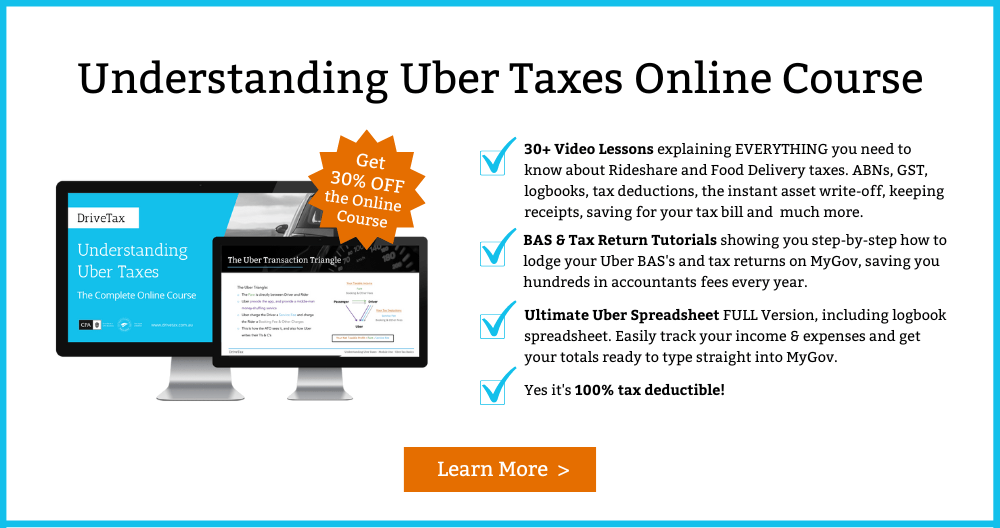
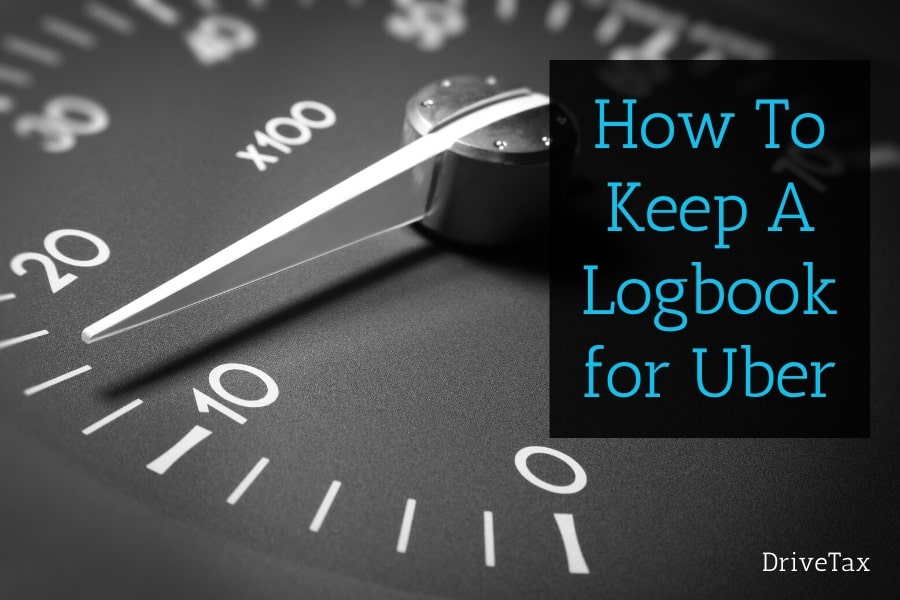
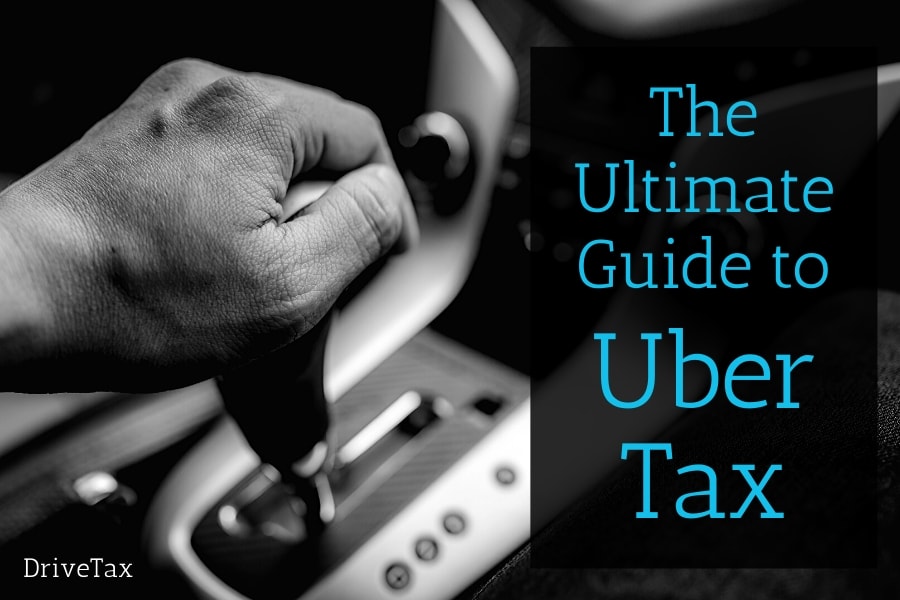
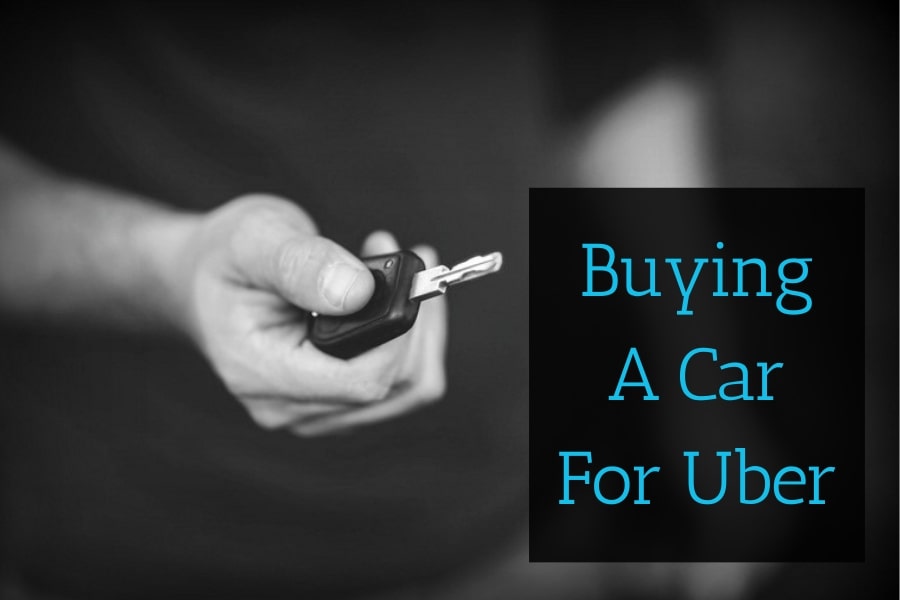
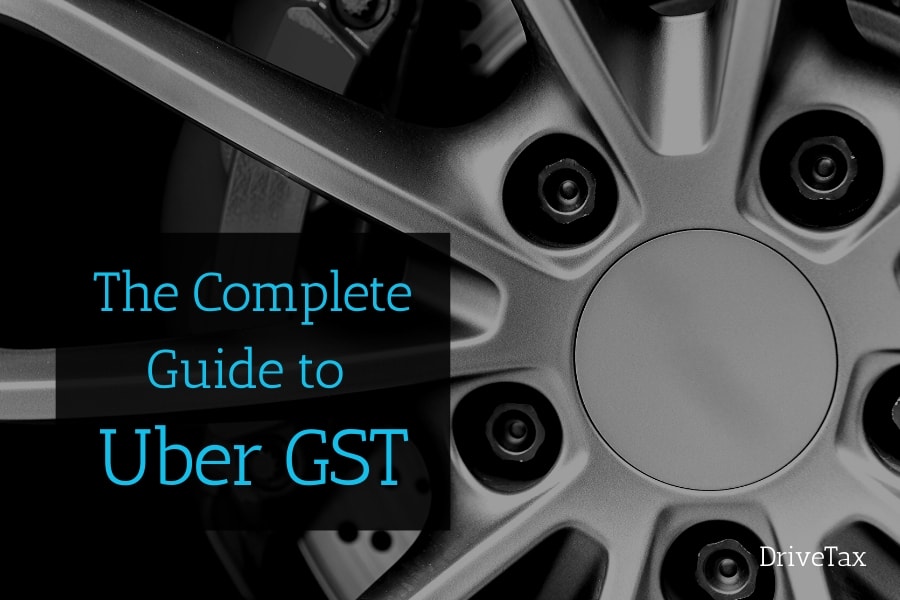
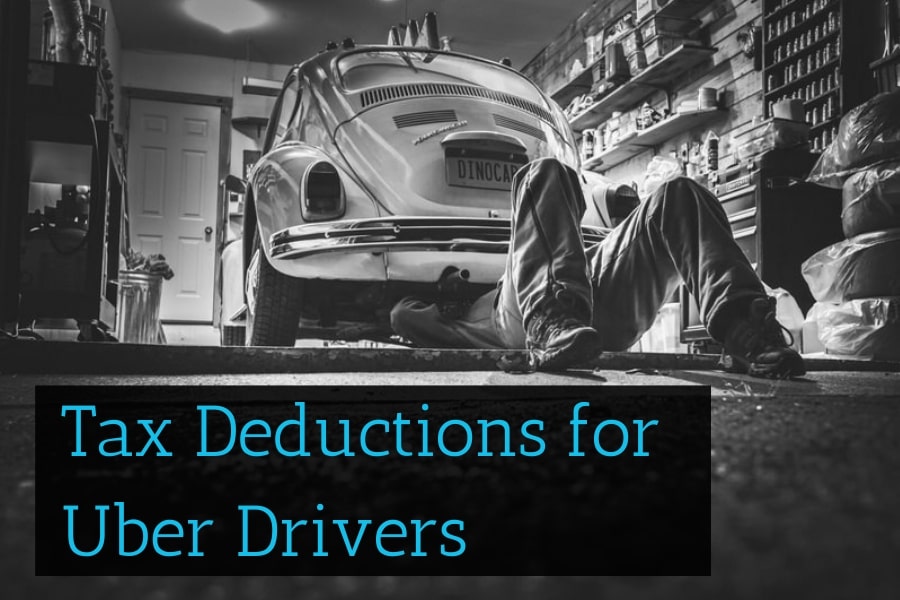
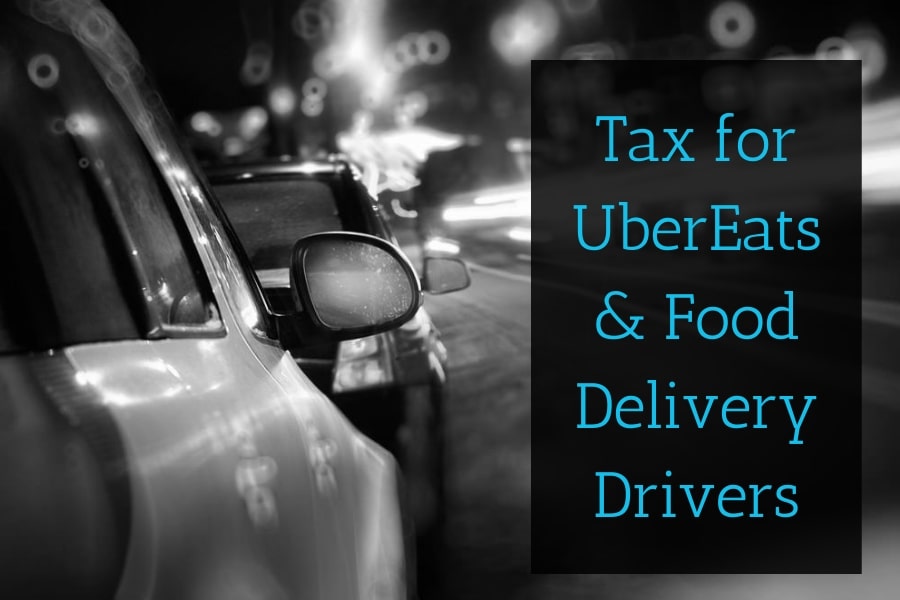
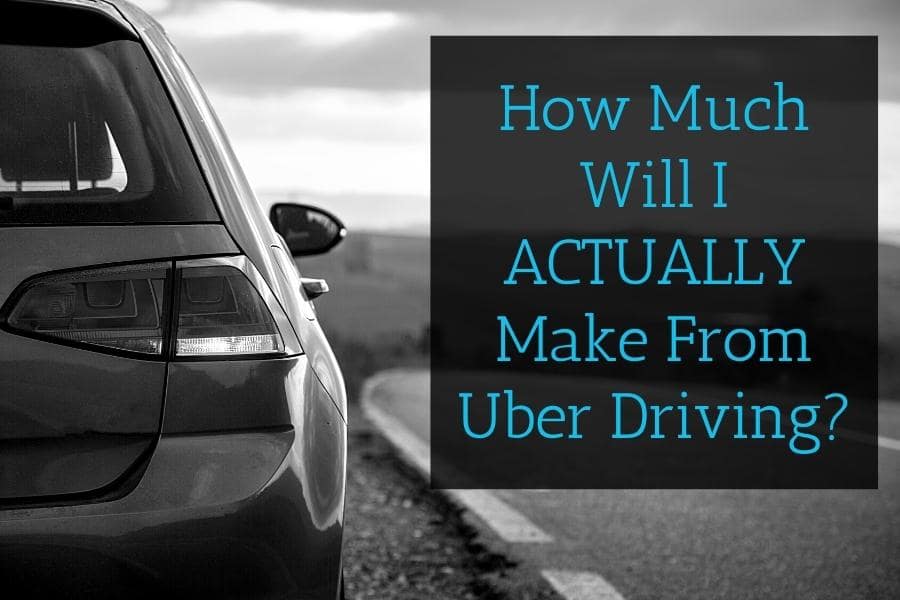
Hello,,
I live in Regional Victoria in a town of 30,000 plus, the local Taxi wait time on weekends can be anywhere from 30-90 minutes, can i operate Uber in Regional Victoria?
Cheers David
Hi David, I’m sorry this is not one I can answer for you, you’ll need to talk to Uber! – Jess
Hi.
Was wanting to know on the GST reg form at the ATO wesite, does a uber driving go under non-cash basis or cash basis.
thanks
Hi Darren, Cash Basis is the correct option to choose. – Jess
Hi, I want to drive uber taxi. I hold Australian full driving license from last 3 months. But apparently its a transfer from New Zealand and I have had New Zealand full driving license for more than 2 years. Will I be eligible to apply?
Hi Amit, I’m sorry I don’t know the answer to this because it’s not a tax question. You would need to ask Uber about their requirements for your licence. – Jess
I need to register Uber in South Africa
Hi Modingwana, I’m sorry we’re only licensed in Australia and every country has different tax laws, so the information on our website is only relevant for drivers in Australia. You would need to find an accountant in South Africa instead. I’m sorry I couldn’t be of more help! – Jess